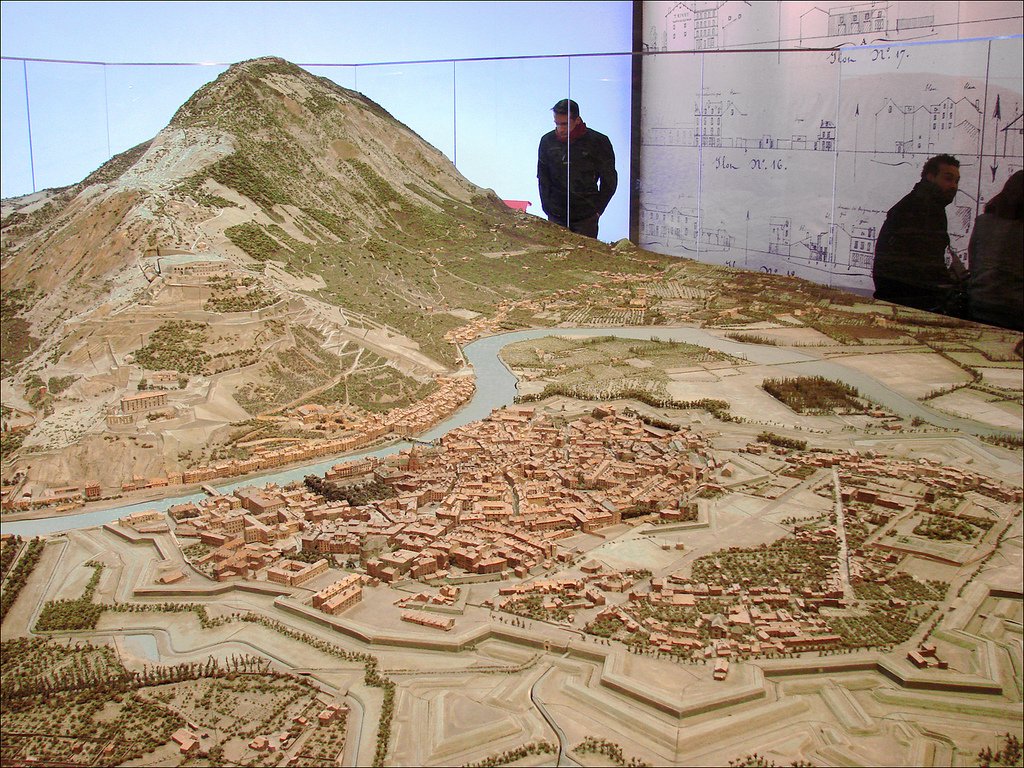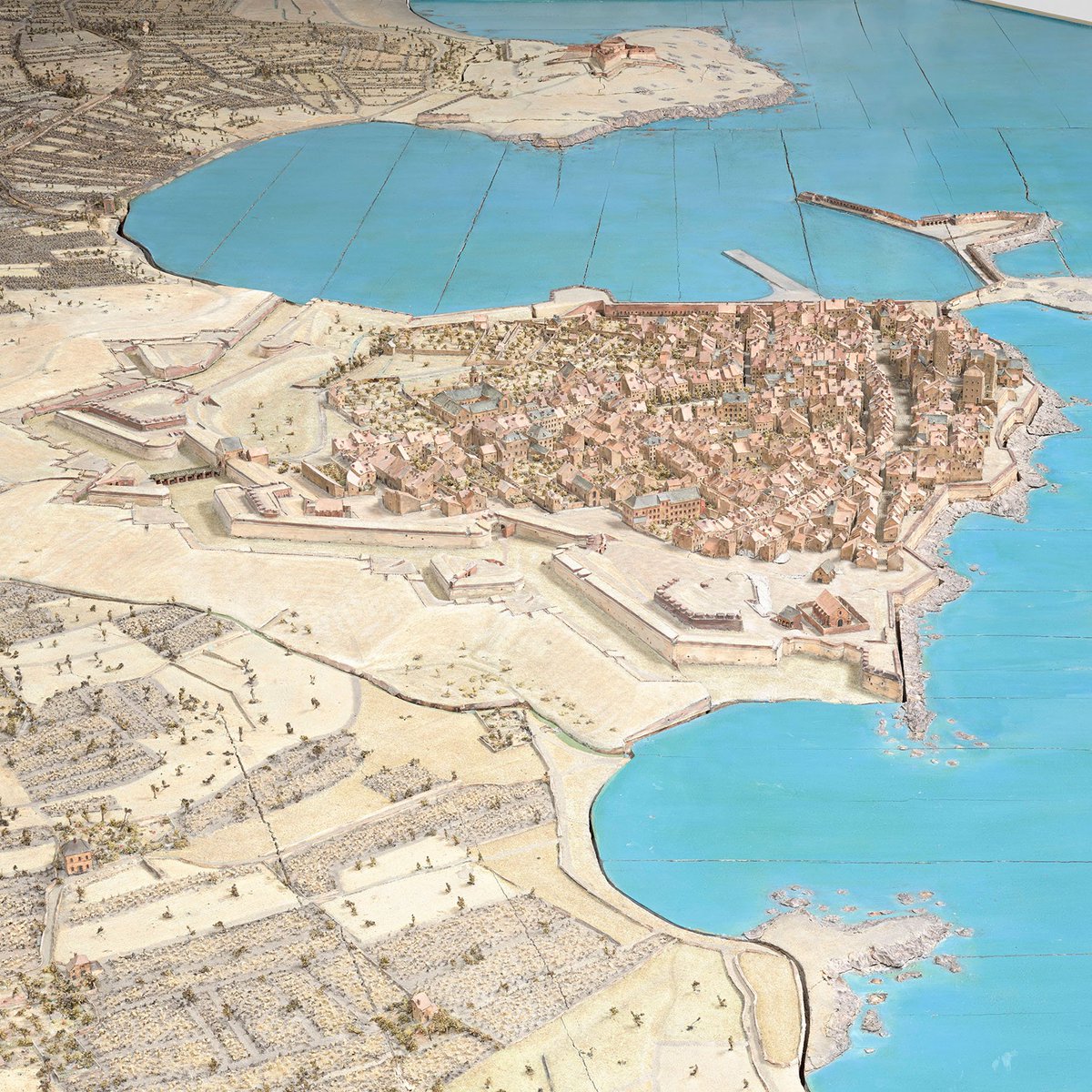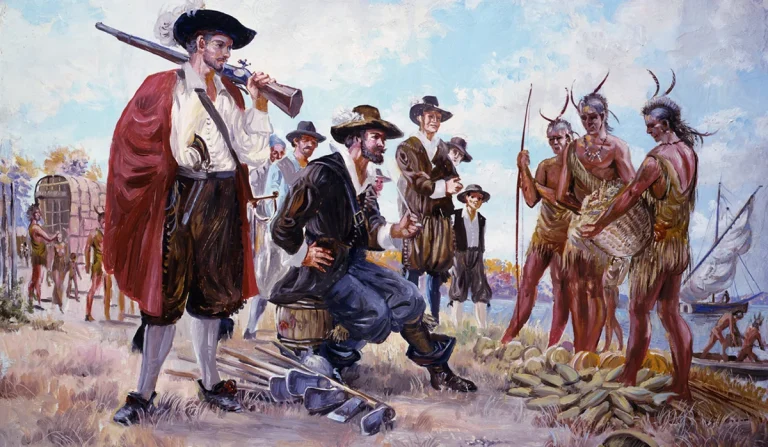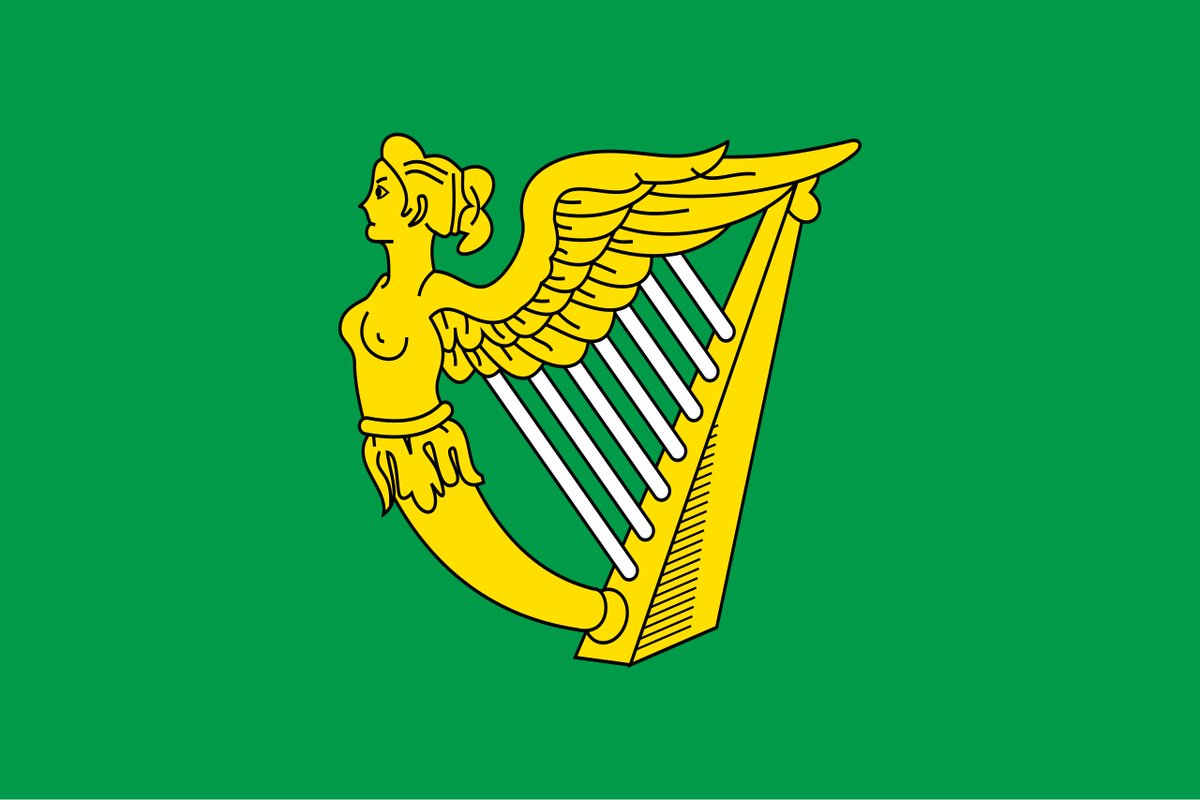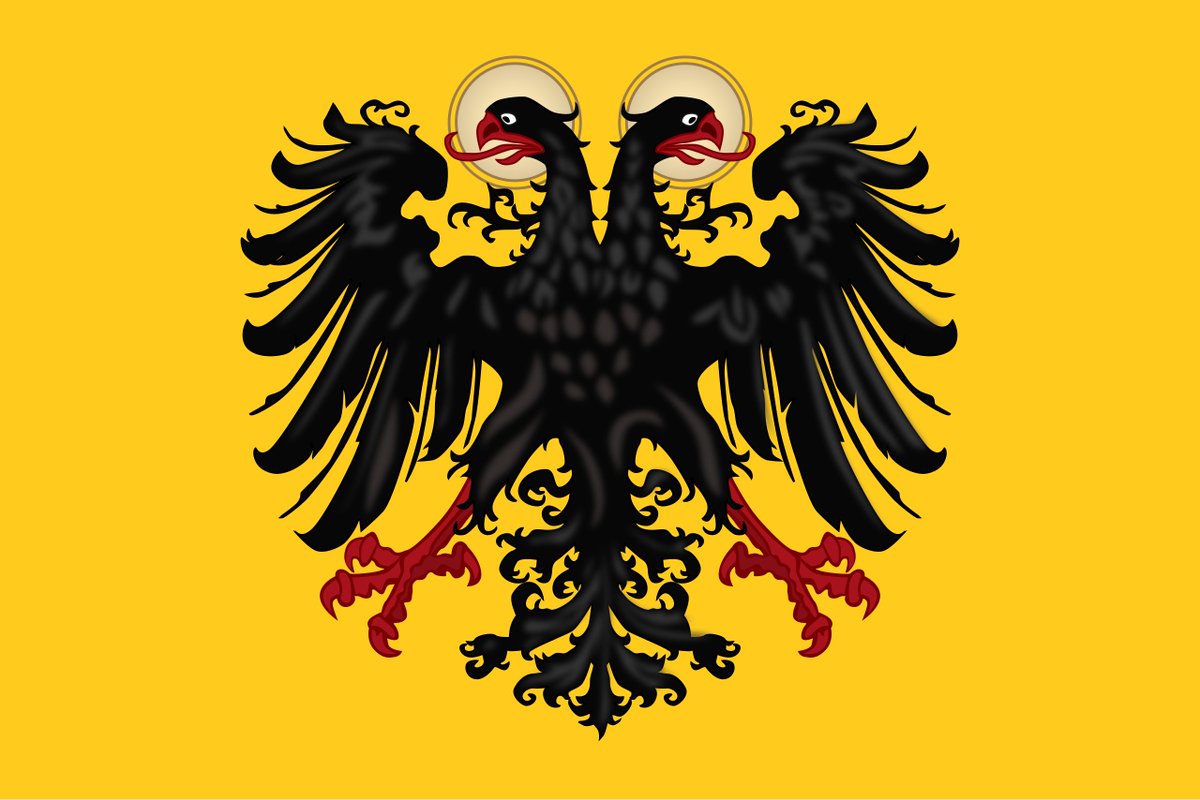Today 16 March is the anniversary of the final fall of the Cathar fortress of Montségur in 1244. After an exhausting 10 months long siege the Cathar garrison surrendered to the Catholic French besiegers! Those Cathars who didn't denounce their faith were burned at the stake! 





Cathars were a heretical Christian movement that became widespread in the early 13th century southern France. A crusade was called against them which also had political motives of removing the local Catholic Occitan nobility which was accused of protecting Cathars. 


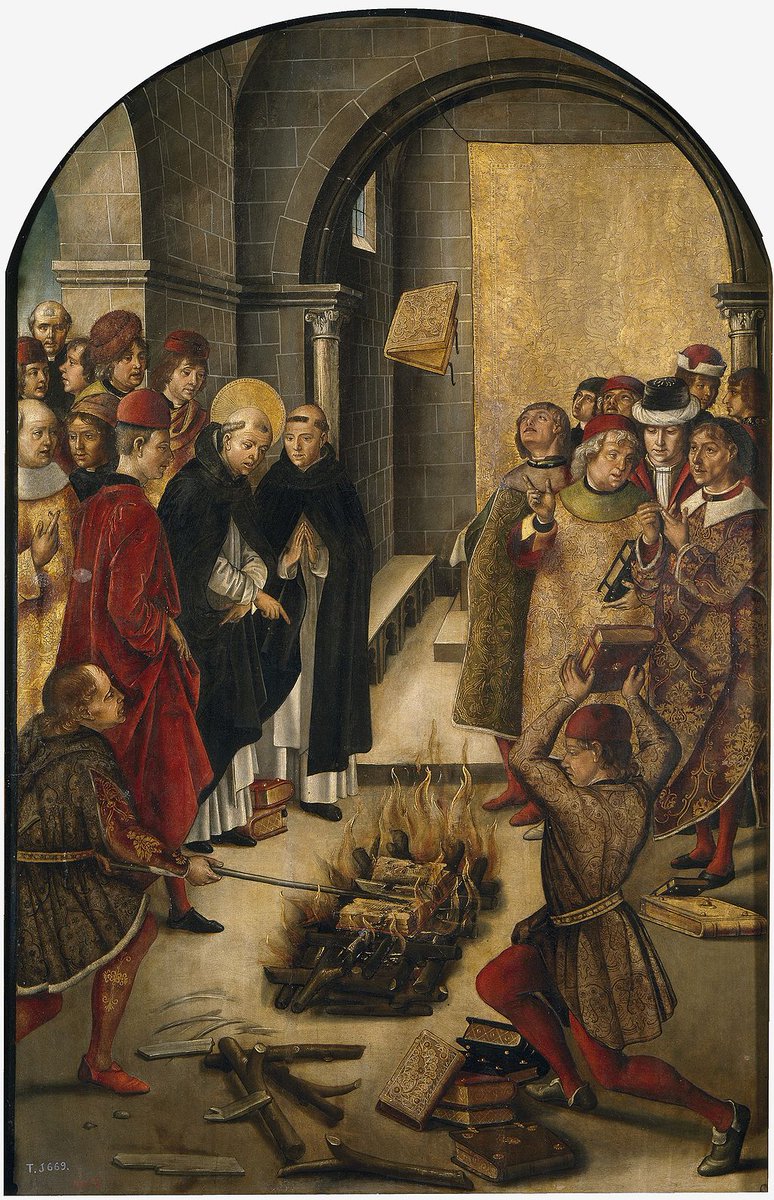


Montségur was one of the imposing castles where the Cathars and their sympathizers took refuge from persecution. This included the men who took part in Avignonet massacre in 1242 where Cathars killed a group of inquisitors. The French were determined to punish them! 

In May of 1243 a large French force of around 10000 men led by Hugues des Arcis was sent to besiege this fortress of Montségur. The defenders were much fewer in numbers and many of them were women, old people or Cathar perfecti leaders who weren't allowed to take part in warfare. 


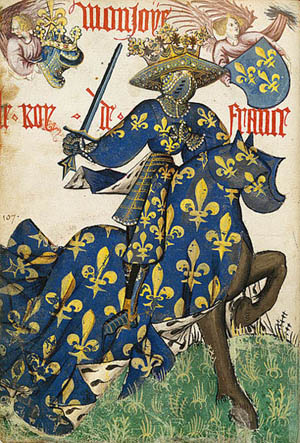
Despite this the siege was very difficult for the French. Montségur was hard to reach and any attempt to storm it or even try to get near to it would be met with a barrage of stones and arrows from the castle. The French had to surround the entire mountain and started a blockade. 
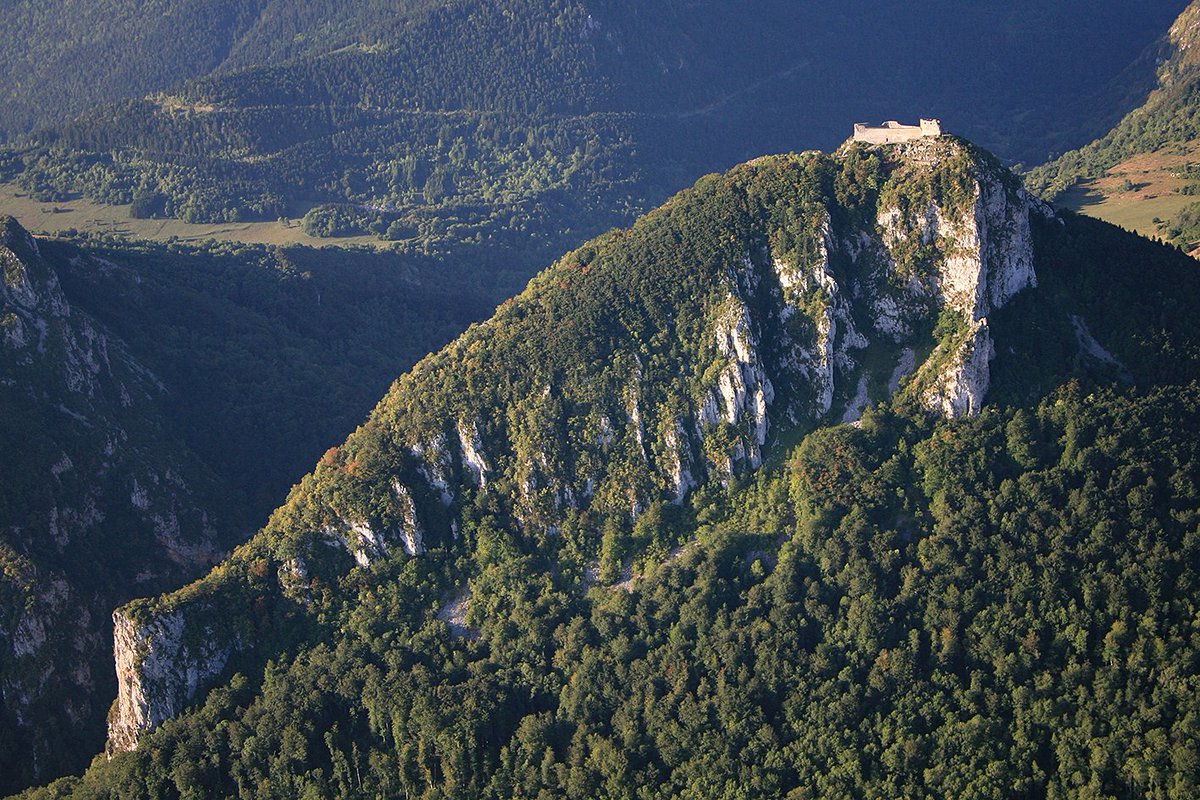
The goal of the French besiegers was to starve out the defenders and force them to surrender. However the defenders were well stocked and were also able to pass the enemy blockade. It was very difficult from the French troops to keep watch of all the passages especially at night. 
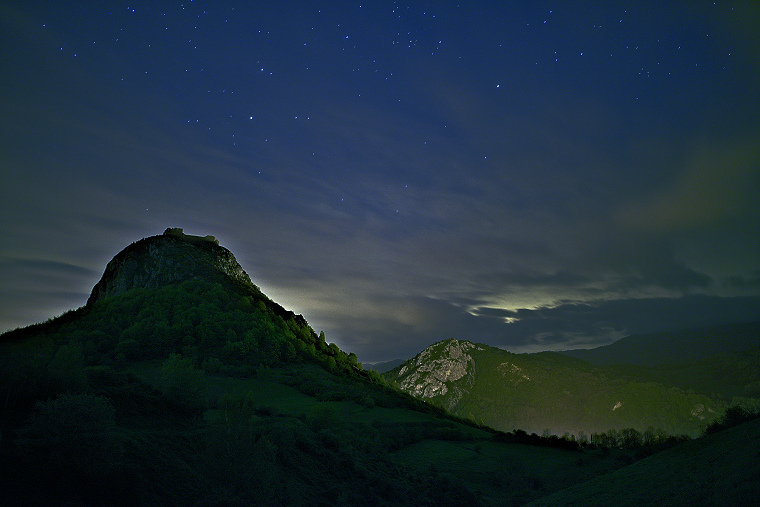
The defenders survived until the rainy season which meant that thirst wouldn't be a problem for them either. The siege was prolonged and proved to be exhausting for both the defenders and the besiegers who were also having problems with supplies. 

However Hugues des Arcis was persistent and had to find a way to bring this imposing fortress down. He hired a group of Basque mercenaries, experienced mountaineers! They were lightly armored and were able to climb up the difficult mountain passages and find new paths. 
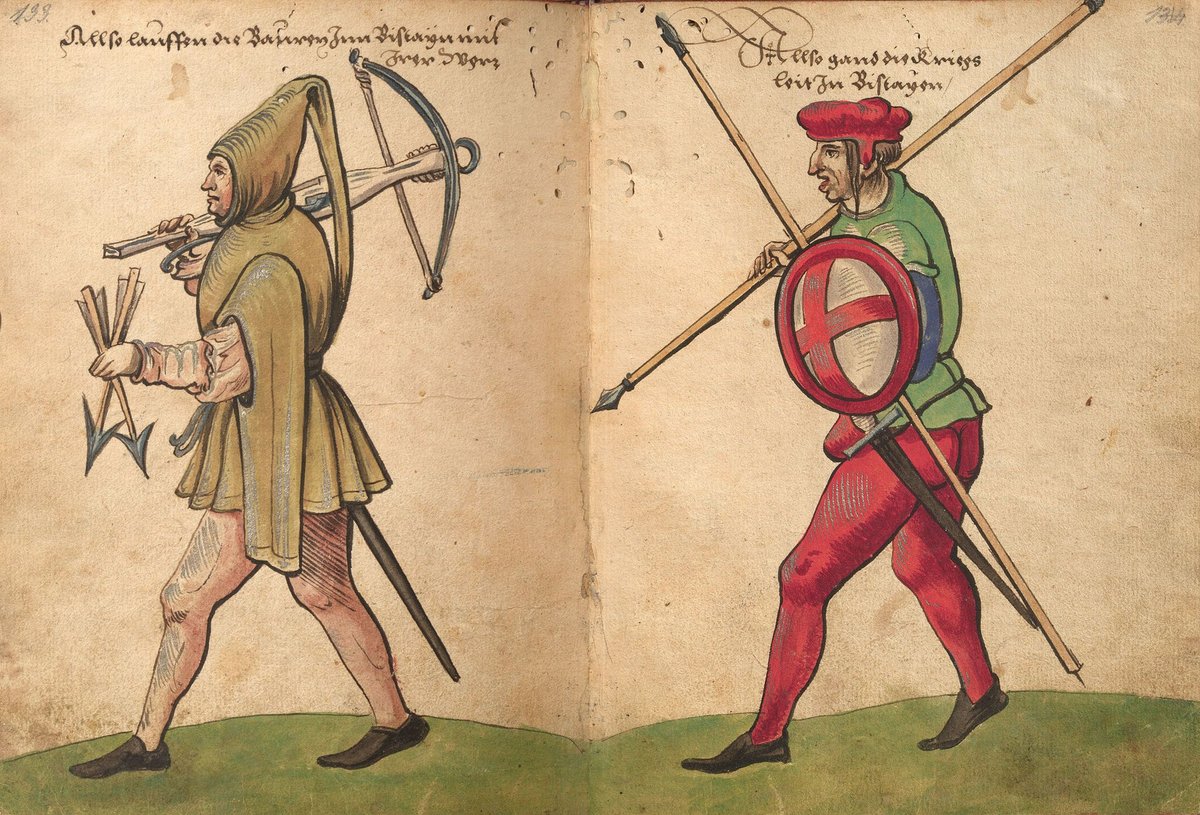
Eventually these Basque mercenaries were able to secure a position from which the besiegers could fire with a catapult. This made life difficult for the besieged as they were now bombarded with stones. However the end of the siege didn't look to be anywhere near yet. 
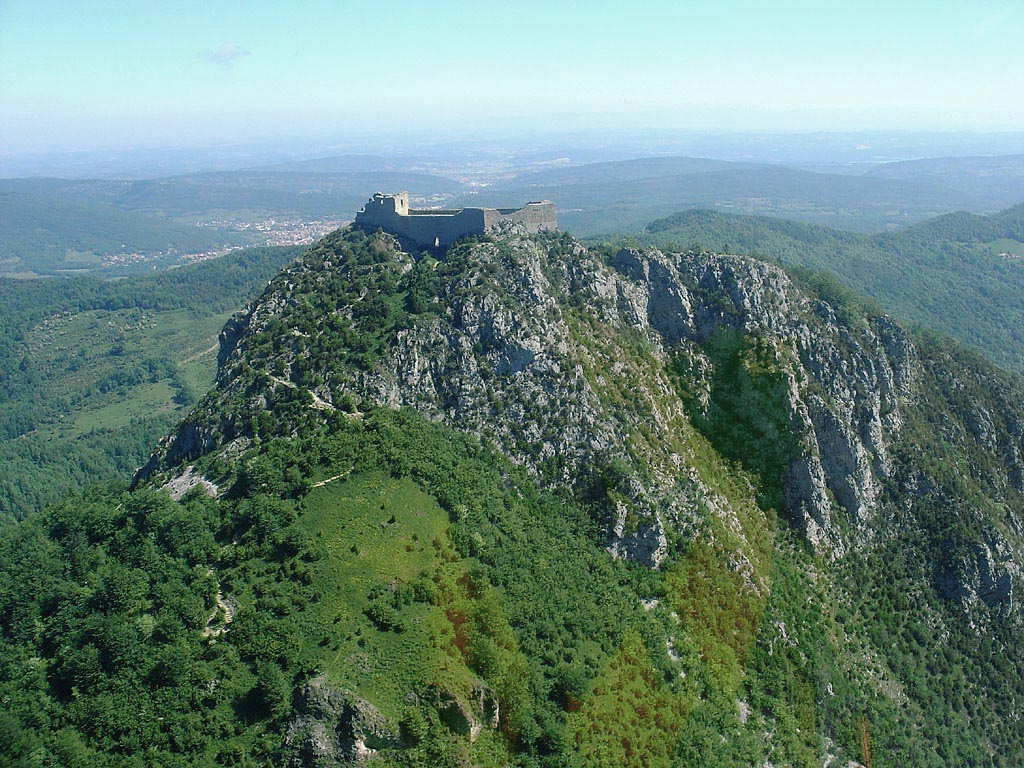
Then in March of 1244 some local men who had experience with this mountain, possibly traitors of the Cathars, helped the Basques through a passage that led to an outpost of the castle! They assaulted this outpost and conquered it, placing the catapult there right next to Cathars! 

The defenders were now in a desperate position. They tried to take back the outpost and sent a crew to try to recapture it, but were beaten. They could not receive any reinforcements from lords sympathetic to them anymore either as the French blockade was now much tighter. 
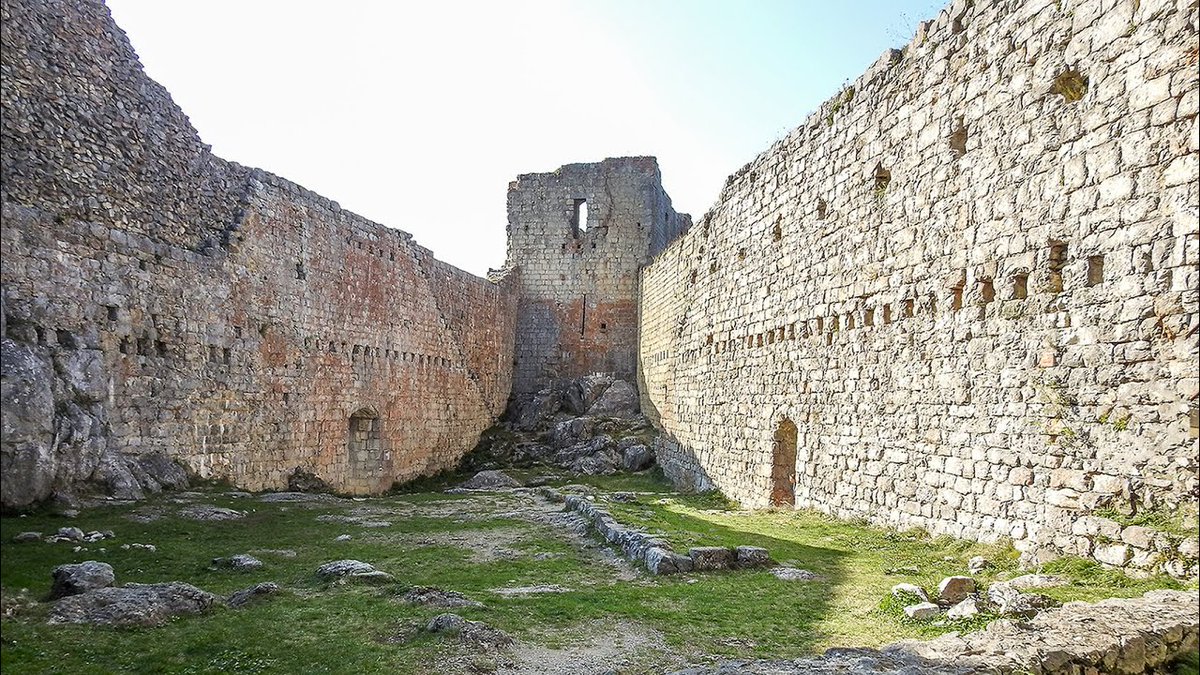
However there was still one very dangerous secret passage left through which a group of Cathars secretly escaped with an unknown treasure which probably included a lot of gold, but could also contain other valuable things. This mysterious treasure was never found! 
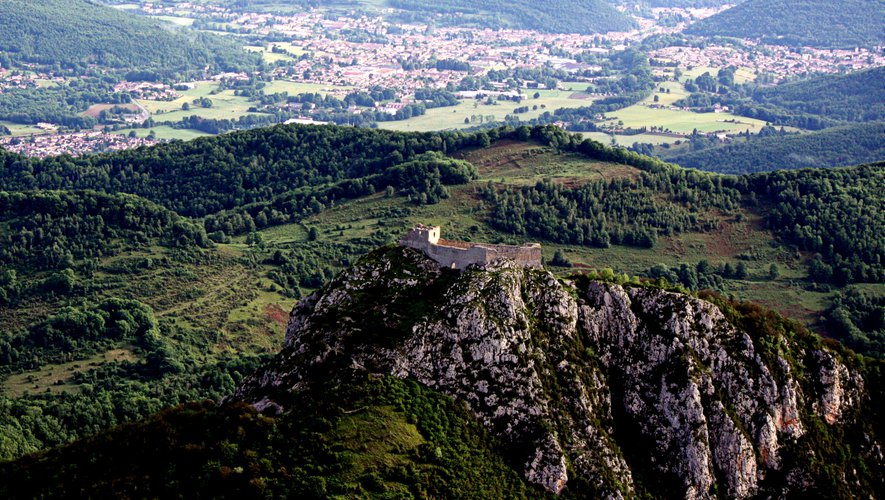
The garrison of Montségur now had no choice but surrender. The besiegers gave them as lenient terms as they could get, however they insisted that they need to denounce their heresy or get burned at the stake. If they denounced Catharism, they were let go freely. 

Even those who were directly involved in murdering the inquisitors were pardoned. However anyone who refused to renounce Catharism was burned at the stake! Since a lot of them were true believers of Catharism, 210-215 of them refused and were burned in a pyre! 
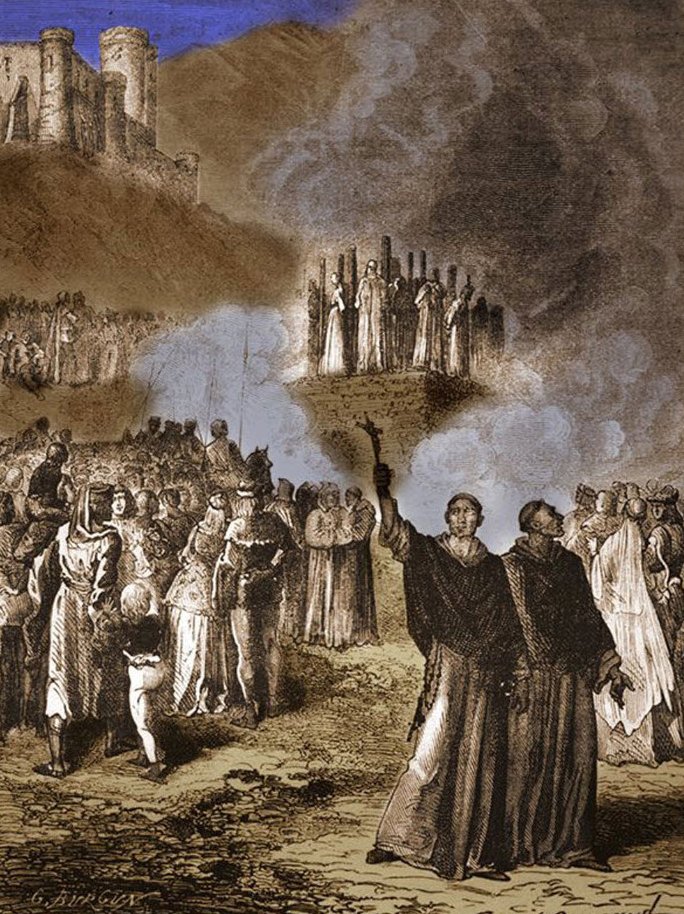
• • •
Missing some Tweet in this thread? You can try to
force a refresh


